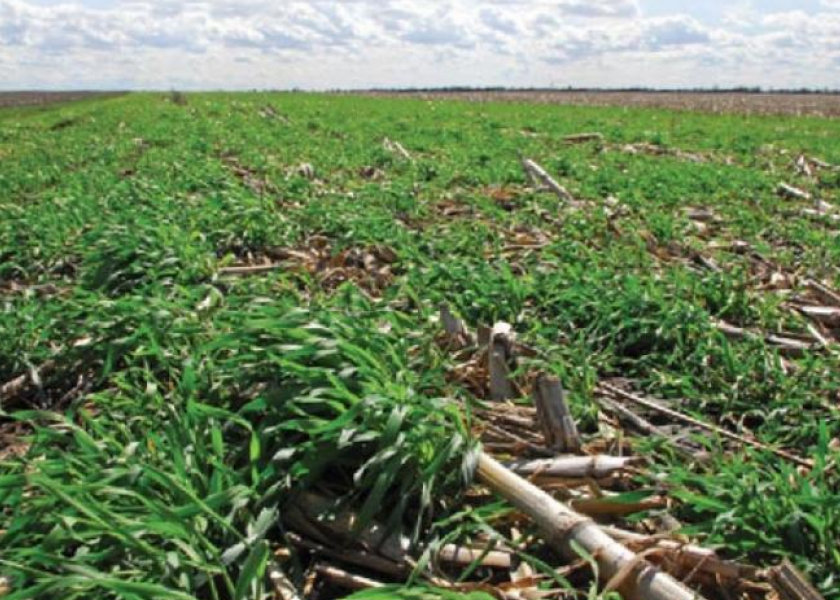Consider Planting These Cover Crops After Silage Harvest

Throughout the spring and summer, corn silage has steadily been growing across the country to help feed the nation’s 9.4 million head of dairy cattle. But in the coming weeks, those fields will be harvested, leaving a blank canvas for farmers to plant a variety of cover crops.
According to Sjoerd Willem Duiker, professor of soil management and applied soil physics at Penn State University, planting cover crops after corn silage harvest is important for a variety of reasons. Not only do they help protect the soil from erosion, but they remediate soil compaction, help the soil resist manure spreading traffic later, provide weed control and can even be used for forage or grazing purposes later on. However, to help ensure cover crop success, timeliness is key.
“You should have the cover crop seed on hand and the drill ready to go with an operator in the seat when you start your [silage] harvest,” Duiker says. “It gives a lot of satisfaction to see the drill in a field immediately after harvest!”
Cover Crops to Consider
Before heading out to harvest, it’s important to know what cover crop seeds you plan to sow. Duiker notes that there are a variety of cool season species to choose from.
“Right now there is time to plant annual ryegrass, crimson clover, hairy vetch and rape – cover crops meant to survive the winter,” he says. “Oats and radish can also be planted for substantial benefit, although they winterkill.”
Other cover crop options include:
- Barley
- Wheat
- Triticale
- Cereal rye
To maximize success, Duiker recommends planting mixtures of cover crops.
“Mixing grass – legume – broadleaf cover crops is recommended to combine the benefits from each one such as longevity of residue cover next year, nitrogen fixation, fine roots to promote soil aggregation, tap roots to improve macroporosity, nitrogen, phosphorus and other nutrient uptake from sub- as well as topsoil,” he says.
As silage harvest season is underway, don’t let your fall cover crop plans fall to the wayside. Taking steps now to ensure good soil health in the future could lead to an even better crop next silage season.
For more on cover crops, read:
- 10 Reasons Why You Should Love Winter Rye
- There’s Still Time to Plant Cool-season Forages
- Utilizing Cover Crops as a Forage Resource for Heifers







